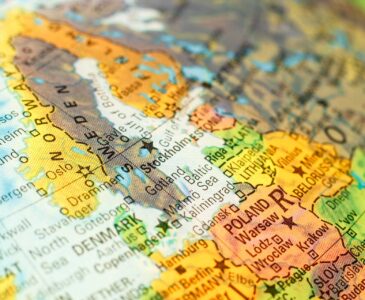An untapped market with lots of potential and skilled manpower – India is the fastest growing economy in the world and the second-largest food producer globally and the world’s hub of the IT industry. With the US as its top trading partner – it’s no surprise that many Americans are moving to India. Home to roughly 1.2 billion people, it’s one of the most culturally, ideologically, and linguistically diverse places in the world. That’s why it’s so hard to make a one-size-fits-all manual, but we’ve covered the basics of what you need to know before relocating to India.
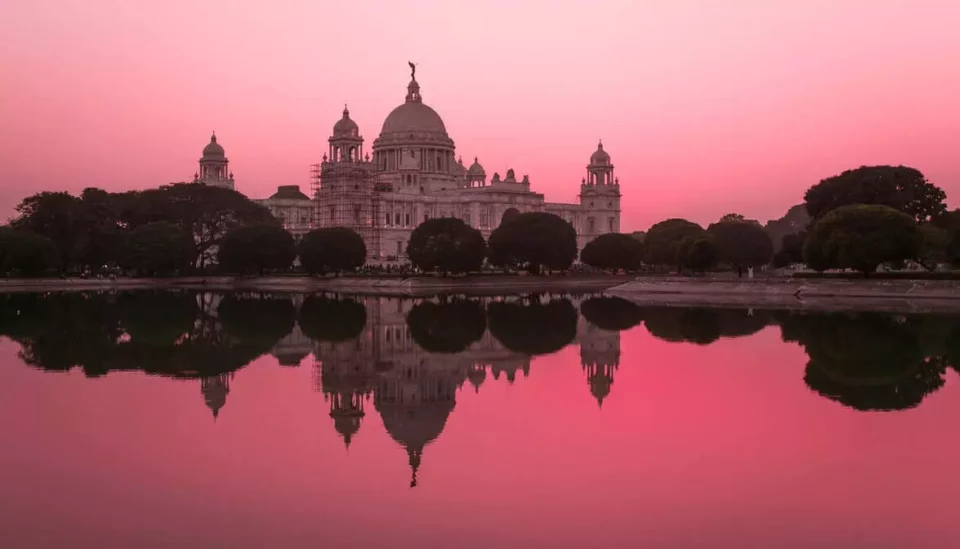
Moving to India – Learn All About the Documents
The first part of moving overseas is getting there. There are many documents needed to travel abroad, but what we should consider first is whether a visa is required. If you are moving from US to India, you’ll need a visa. The good news is that the immigration system is relatively simple – there is no in-country clearance process at all. However, some complications may arise with the paperwork and coordination between their various government departments. As long as you start early and you’re well prepared – you should be fine. There are different types of visas depending on the reason for your international move and accompanying family members of an expat need to apply for a dependent visa.
Different Types of Visas
There are many different types of visas for entering the country. So, if you were wondering Can a US citizen live in India? – the answer is yes, but you need a visa. Here are some of the most common types of visas our expats choose to obtain.
- Diplomatic/Official/UN Official Visa – for diplomats and UN officials on missions in India and their spouses and children
- Employment Visas – for those looking for employment or volunteer work (valid for 1 year, but can be renewed)
- Project Visa – subtype of the Employment Visa, for those working on projects in the power and steel industries
- Student Visa – for students, valid for 5 years or the duration of the course (whichever of the 2 is less)
- Business Visa – for entrepreneurs and investors looking to set up a business in India, valid for 5 years
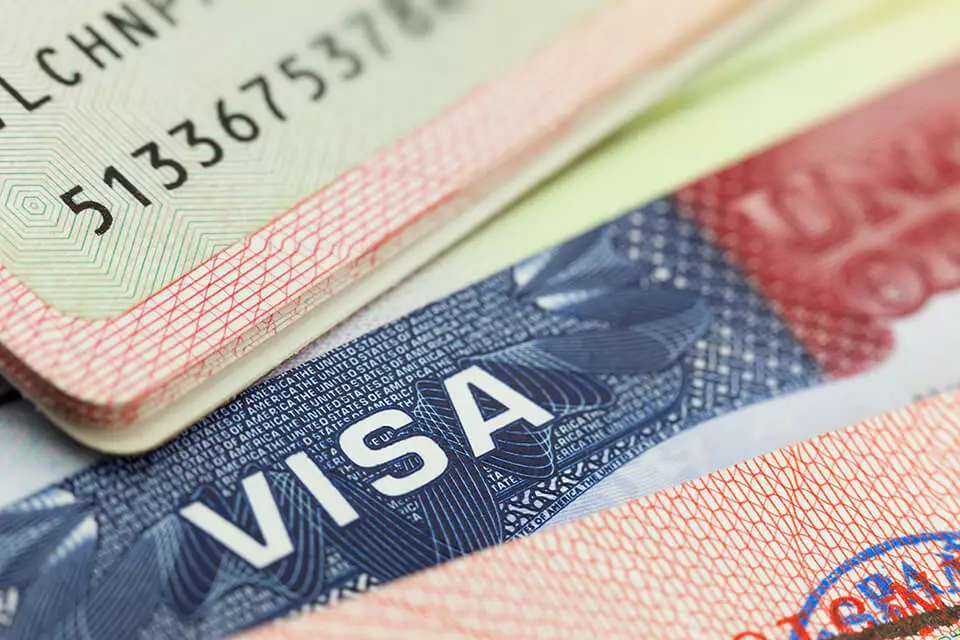
Living in India – Where and How Much
According to Numbeo, the cost of living in India is 65.64% lower than that of the US. The cost of things like food, housing, education, and entertainment is much lower than in western countries, even in megacities like Mumbai or Delhi, where most of the American expat communities are.
What Expats Say – Best Cities for Life and Jobs
Due to the low cost of living and ample job opportunities, many people are moving to India from the USA. Here are some of the most popular cities:
- Mumbai – known as The City of Dreams, Mumbai is the biggest city and center of the business and art, and home to the Indian film industry, better known as ‘Bollywood’.
- Bangalore – “The Silicon Valley of India” is a tech hub and a growing city with lots of job opportunities and great weather.
- Delhi – consists of the historic and traditional Old Delhi and modern and cosmopolitan New Delhi, and is a great city with high quality education.
- Goa – a famous tourist destination and a charming, peaceful town with lots of greenery and good health care is an ideal place for retirement.
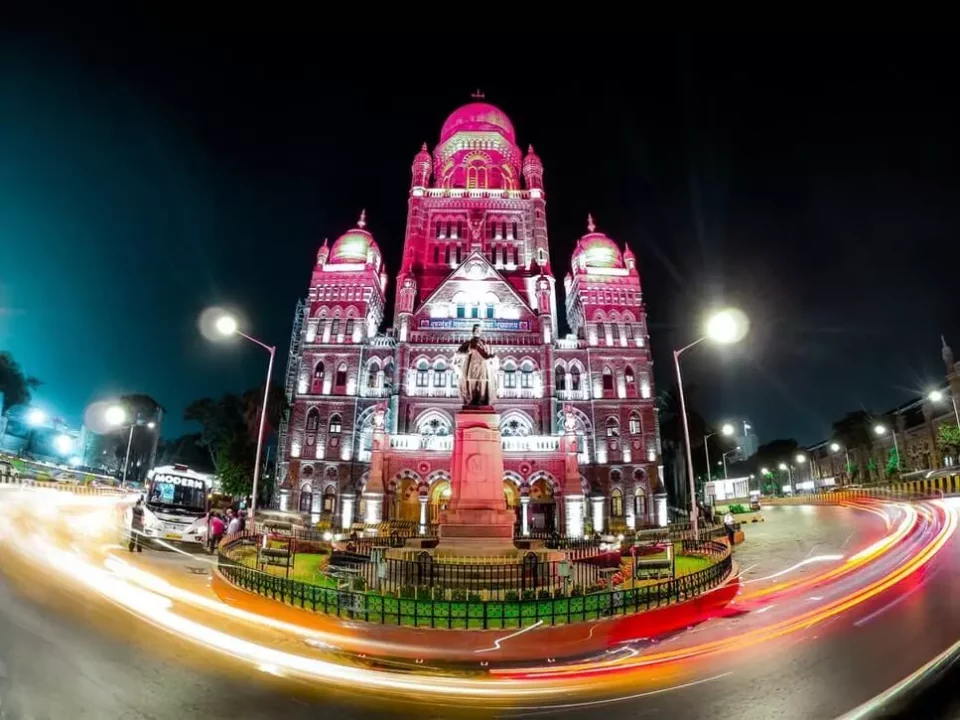
Time to Bargain – Save Some Money
When considering how to live in another country, it’s important to know some tricks. For example, Indians like to bargain for almost everything. And if you want to avoid a ripoff, you’ll have to start bargaining, too. When local vendors see Westerners, they tend to inflate prices. Usually, you shouldn’t pay more than half of the initial asking, but you’ll do well to learn a tip or two about haggling. It can be fun, but sometimes it can also be tiring, especially if you need to buy more things at various shops or are in a rush. In that case – look for “fixed rate shops,” where the price on the tag is the price you pay.
Traffic Will Require Patience
We’ve all heard of the mayhem they call traffic in India, but just how much is going on in the streets will still be a shock to you, especially when you first get there. On the other hand, there’s always something interesting to see out the window of your car when you’re stuck in traffic – and you will be, a lot. And since it happens so frequently, you might want to leave at least half an hour earlier than usual, or not, since Indian people usually aren’t big on arriving on time.
As for public transport, simple things like getting on the bus will be different. Sometimes, the buses don’t even stop, they just kind of roll by and you’re expected to eye it as it goes, see where you can fit in and jump in. Needless to say, they don’t stick to the timetable.
Be Careful of Rogue Rickshaw Drivers
If public transport isn’t for you, auto rickshaws, or simply autos, are your other option. Drivers in most cities are not so eager to use the meter (especially those in Delhi) and they set fares arbitrarily. They are known to use longer routes, so they can make more money, or they simply try to fleece, so remember – bargaining is your birthright. Also, you can use the app that tells you roughly how much you should be paying for the ride.
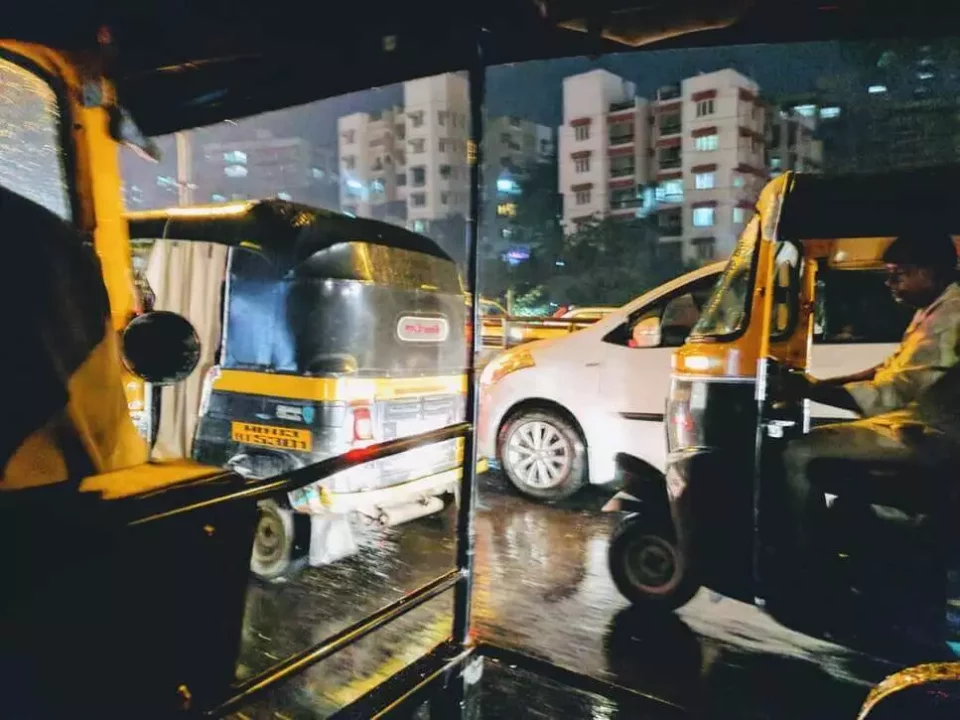
Get a Taste of Local Culture – Learn the Language
While it’s true that most Indians speak English and it can get you through the day, learning at least a little bit of the local language is a sign of respect and it will go a long way with the people there. Plus, it will help with breaking the language barrier. The thing is – while English and Hindi are official languages, many more are spoken there, depending on a part of the country, so take that into account when preparing for your international relocation. Contrary to popular belief, Hindi isn’t that widely used. It’s spoken mostly in the north, so if you’re going to the southern part, learning Hindi before your trip would be just as useful as learning Spanish before going to Russia. Learning a language abroad is easier than you think, as you are bound to pick up on certain common phrases and words while living there and it can be fun.

It’s Time to Enjoy the Food and Lifestyle
Firstly, you’ll love the food right away, everybody does. And there’s so much to be said about Indian food and so many different dishes besides the renowned curry, so make a list of preferred food in advance. Regardless of the part of the country you’re relocating to, you’ll be mesmerized by the unique dishes and hard-to-replicate flavors. Just be careful with how spicy you go in the beginning – it’s better to start with the milder flavors and then build on from there. As ever, there are some dos and don’ts of street food, so you can safely enjoy it.
The other positive aspect is that you can see unity in diversity in India with so many different ethnicities and religions. Therefore, although there are only three official holidays (Gandhi’s Birthday, National Day, and Republic Day,) someone always seems to be celebrating something. Of course, be prepared to get stuck in traffic because of a festival or wedding celebration.
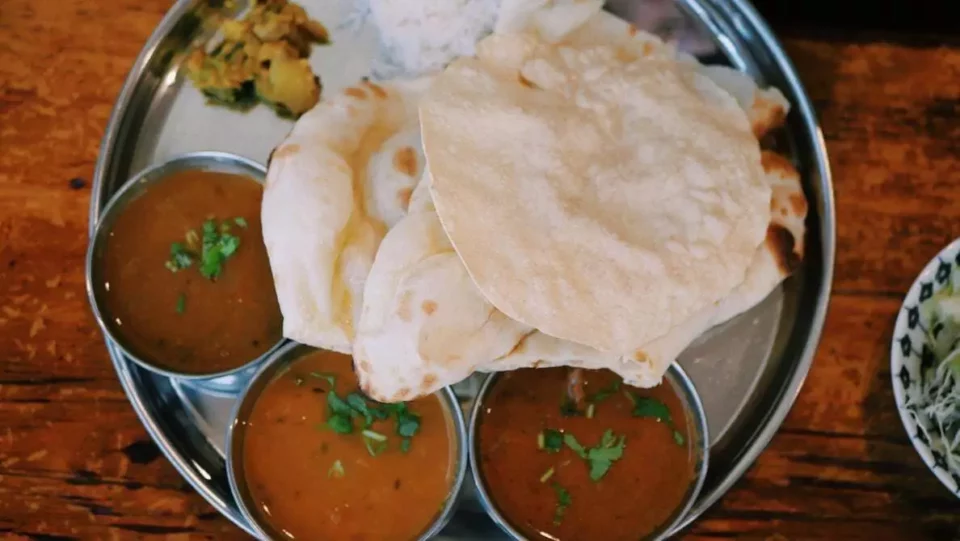
Get to Know the People
Saving the best for last – you don’t know what welcome is until you’ve been welcomed by Indian people. They make it a point to make you feel welcome, they’ll invite you to their home, offer you food, introduce you to others and look at you genuinely interested. People living there are cheerful and approachable and a little touchy – they’ll put their arm around you when they talk to you.
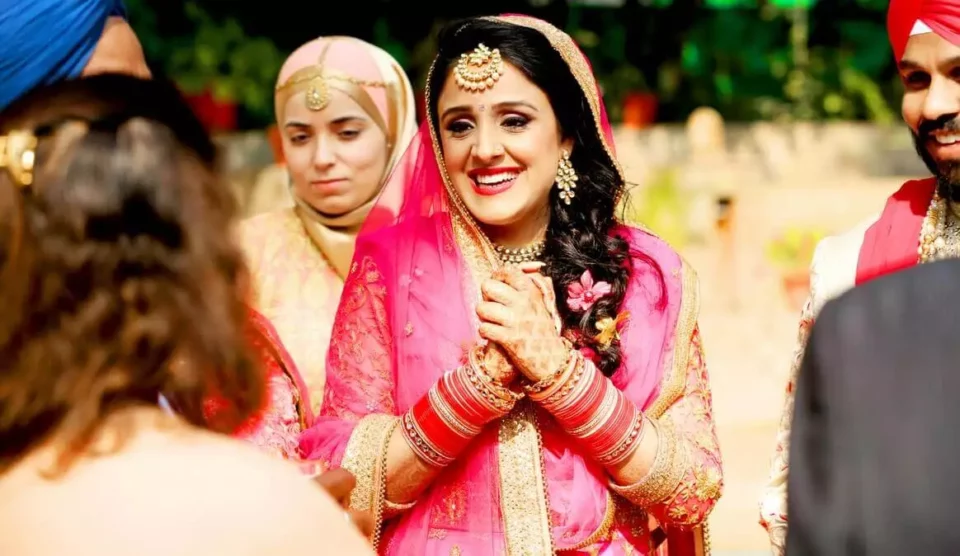
Don’t Wonder Why are People Moving to India, Go and Find Out
Moving across the world is never easy, but hopefully these tips will help with your international move. If you still haven’t packed, you can hire movers to do the packing and overseas vehicle shipping, too, and relieve your moving stress. And while you’re waiting for your international moving company to ship your stuff, remember – even though moving abroad takes some adjusting, that moment you feel like you belong in your new adoptive country will make it all worth it. Don’t worry yourself with questions like can a foreigner live in India. They most definitely can. Good luck, future expats!




